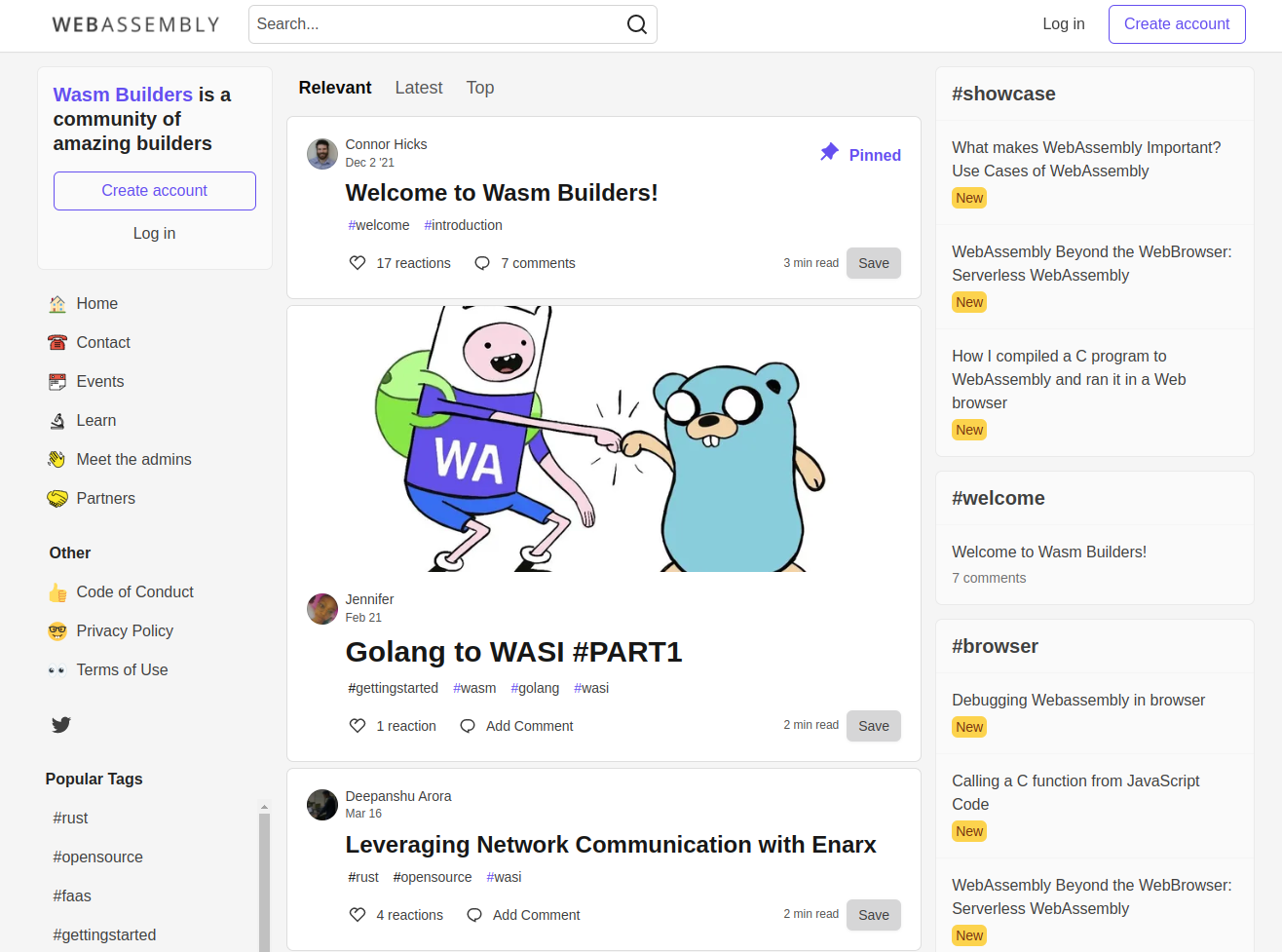Enarx and the WebAssembly ecosystem

Why is WebAssembly exciting, why should you get involved, and why does the Enarx project use it? Find out more with the co-founder of the Enarx project and CEO of Profian, Mike Bursell.
Hi, my name is Mike Bursell. I'm the co-founder of the Enarx project, and co-founder and CEO of Profian.
I'm here to talk to you a bit about WebAssembly today, and specifically why we're excited about WebAssembly in the Enarx project and why we use it. I'm not going to talk hugely about what WebAssembly is. Just a quick intro: WebAssembly provides you with runtimes, and a way of writing applications that will run across multiple platforms using the same runtime. And in fact, that's the first thing that we at Enarx really like about it, because we are providing Confidential Computing solutions, which run across and run on top of multiple silicon architectures. So Intel's SGX, and in the future, Intel's TDX, AMD’s SEV, in the future Arm’s 9 CCA Realms, IBM’s PEF, and maybe other platforms as well. So from my point of view, the fact that you can write a single application, compile it once and execute the same binary on multiple different architectures, silicon architectures, is really exciting. That's actually really important to us. In fact, because there are a lot of use cases where our customers, our people using Enarx, hopefully you care about the fact that you're running exactly the same, provably the same binary, that hasn't had to be recompiled multiple times. So that's the first thing that we really like about it.
The second thing about it is it's not just architecture independent, it's also language independent. So you can write an application in one of many different languages: C, C++, Rust, Go Python, Haskell, JavaScript, TypeScript, Kotlin - lots of different languages, and compile from that language directly to a WebAssembly executable, a WebAssembly binary. And you can take that binary, and run it across all those different platforms I talked about. This is great because this means you're not constrained by a particular language, and you can write using what you want. Specifically, for Enarx, we're interested in the WebAssembly System Interface, or WASI, which is important, and is not just for browsers, but it's server-side uses. So being able to write in things like C or C++ or Rust or Go, or do things like AI/ML modeling in Python is exactly the sort of thing that we care about, and which we think our customers care about as well.
What else? Well, we really like the fact that WebAssembly is open source and open standard, it is controlled by the community. That's you, it's us: we're the ones who move where it's going, who makes sure that it's done right, who designed it correctly, make sure the security pieces that we also care about in the Enarx project and Profian, that we care about as well. And there's lots of ways to get involved. And that's what I really suggest you do. If you're interested in getting into WebAssembly, there's lots of places to go. If you're interested in the governance side, then the Bytecode Alliance is the place to be doing that. They provide the governance guiding WebAssembly, the standards, and all those sorts of things. If you're interested in learning more about the language, trying it, doing some demos, or reading some blog posts, getting involved in the community, asking questions, a great place for that is Wasm Builders. Have a search for that and you'll find a growing community of lots of people there with lots of different skill levels. It's a fantastic place to learn. And if you want to be deploying it, particularly if you're interested in deploying it in Confidential Computing ways, then please come along to Enarx. That's Enarx.dev. We'd love to see you there. You can find lots of examples, examples in different languages, different things to be doing and can learn about Confidential Computing. So we really are excited about WebAssembly. We think you should be as well. Come and get involved; come and become part of that community. Thanks. See you there!
